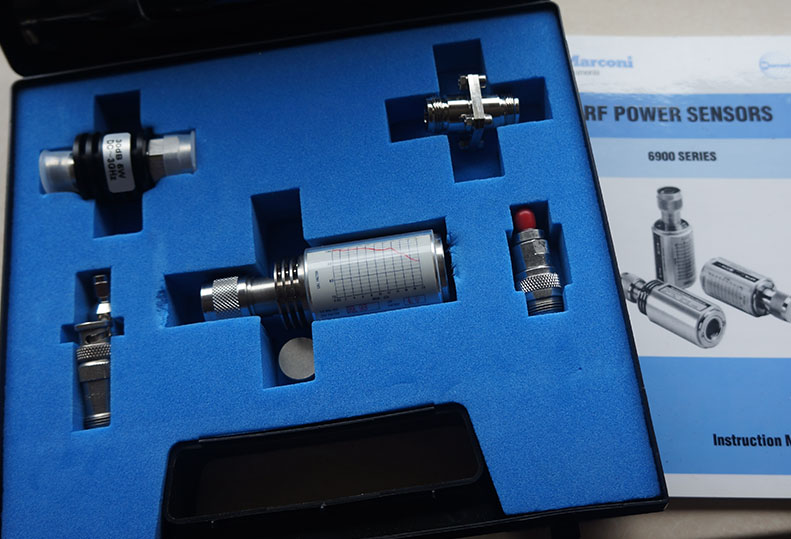Good question, no idea I don’t really have the kit to test this.
I think Vs could be back calculated and with a 50 Ohm terminator in place on the test port (Is can be calculated from Vs and Rs) there is the possibility of getting something useful answer wise out of it. Without any reactive components Vs is pretty much constrained by Vcc.
TBH 100 MHz is a wide range. I have done a sweep with a 50 Ohm SMA terminator on the test port. I did expect it to be flat-ish but there was a noticeable gradient over the full sweep range. Not too much, about an Ohm or two of calculated impedance, but enough to see the response is not completely flat.
Given that the construction, lead lengths and parasitic impedances have not been attended to I can not claim that the gradient was due solely to the terminator. Gut feel says it is as much about the construction as anything else.
The SWR should be ignored at the moment. It is a bodged calculation and not a full calculation. It is indicative at best. More work on the math needs doing. The Nuts & Volts article is missing a bunch of important equations and my math is not good enough.
I am quite gobsmacked that it appeared to work at all. But there you go. Nothing ventured nothing gained. I was leaning rather heavily on it being sufficiently resistive so as to damp out a bunch of reactive components. UHF heading towards microwave can be a bit piccy.
First cut is definitely all about testing the idea in principle. If it was no where near there would be no point in attempting to refine the design. As it is there looks to be some benefit to a redesign based on the same principles and maybe a cheaper compact microcontroller, say a 32u4.
I used a teensy as I had one available, but if the measurements were offloaded as is. there is no reason why the match could not be done on the host. Would prefer to be able to show are sult on a cheap LCD attached locally though, or even use an ESP8266/32 and offload the results via wifi to say a mobile phone, post sweep.
On the sweep resolution, yes 5KHz is overkill but it shows up the noise rather nicely. Having too much information makes re-binning possible. If it is not there in the first instance then re-binning is not sensibly doable. Re-binning is, or can be, in effect a low pass filter. I did also go with LoRaTrackers initial advice/code. Life is too short and I am all for making the most out of it through expediency.

